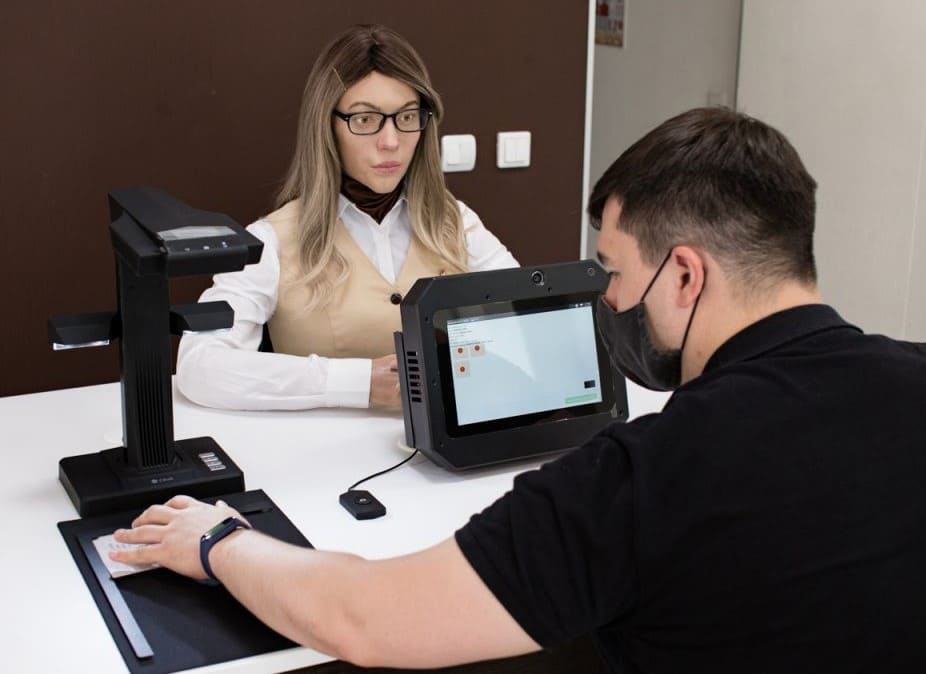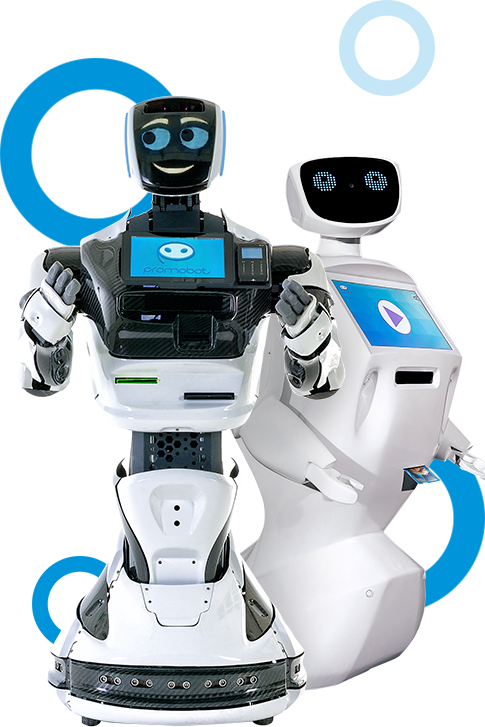Bet you’ve never heard this one ― the world will never be the same after the pandemic.
Among many negative things that it puts us through, there are at least some that advance us towards more automation in our everyday life. Most businesses and government facilities are going digital, there are no lines in the buildings, no unnecessary contacts with people, even the amount of paperwork has shrunk. A lot of these tasks are being carried out in part with technologies, and today we’ll take a look at the most efficient implementations of service robots, which more than likely are here to stay.
Delivery robots
Robots deliver food, parcels, first aid, and even coronavirus tests.
Keep in mind ― this isn’t a particularly new idea. Even back in 2019, we could see Amazon using drones in delivery. In Milton-Keynes, England, delivery robots by Starship Technologies have been in use since late 2018: «The robots have become an iconic sight in the town and everyone’s excited at the prospect of them delivering in the town centre.» ― says Sam Crooks, mayor of Milton-Keynes.
Another thing to point out is that delivery robots are not here because of their ‘trendiness’. They are assuming a number of essential human tasks, including helping those who were directly affected by the pandemic. For instance, autonomous shuttles by Beep deliver coronavirus tests in Jacksonville, Florida. Nuro’s R2 robots deliver supplies and necessities for hospitals across California, while autonomous vehicles by Cruise bring food to seniors, ensuring a 100% contactless process for the most vulnerable group of people.
Robots in high traffic areas

Despite the ongoing worldwide pandemic, people still go outside and receive a lot of their services not on the Internet. Unless somebody plans to roll out a teleporter, most of us are still subjected to bus rides and plane travels. This is why there are more robots operating in public areas, where the coronavirus spreads the most: airports, train stations, schools, banks, malls, etc.
In Perm, a Robo-C robot with a human-like appearance began working with citizens at a Civil Service Office MFC. It processes inquiries, scans documents, and transfers them to the Office’s IT systems. The only thing people have to do is to sign their document ― the robot will take care of everything else. This robot’s appearance was generated by neural networks: thousands of images were analyzed by the AI to present an image of a blonde woman with brown eyes which was used in the process of manufacturing the robot. It even became a small Internet sensation, appearing in TikTok videos and on TV.
Recently, two other robots by Promobot began working in two different countries: first is a V.4 robot at Turkey’s Sabiha Gokcen International Airport. It answers questions in English and Turkish, helps passengers with their gates, and calls a taxi. Then, there is a V.4 robot that joined the Dubai police department last month. It can measure the temperature of visitors, conduct initial COVID-19 testing, and most importantly, help people with their department-related questions without any distractions.
Robots in hospitals and clinics
Some other robot developments include a janitor robot from Bahrain. It kills the coronavirus cells with short-wave UV light. It can be controlled by voice, measure visitors’ temperature, recognize faces, and even speak 12 languages. Mind that it doesn’t disinfect the area during its work with people ― that would be extremely dangerous: the robot can destroy microcells of all types of organisms, including human DNA.
In China, robots have been operating in hospitals across the country as early as February 2019. They help patients with everyday chores: give medicine, collect garbage and old bedsheets. Soon, robots like these will be able with most routine processes related to hospital work. Humans only have to assign them a task ― and robots will take it from there.

